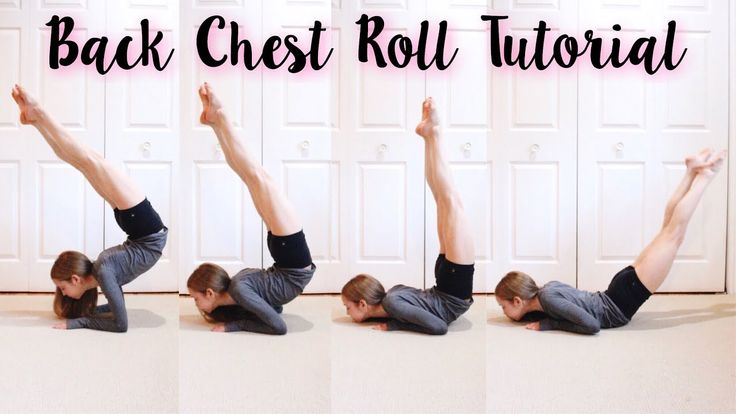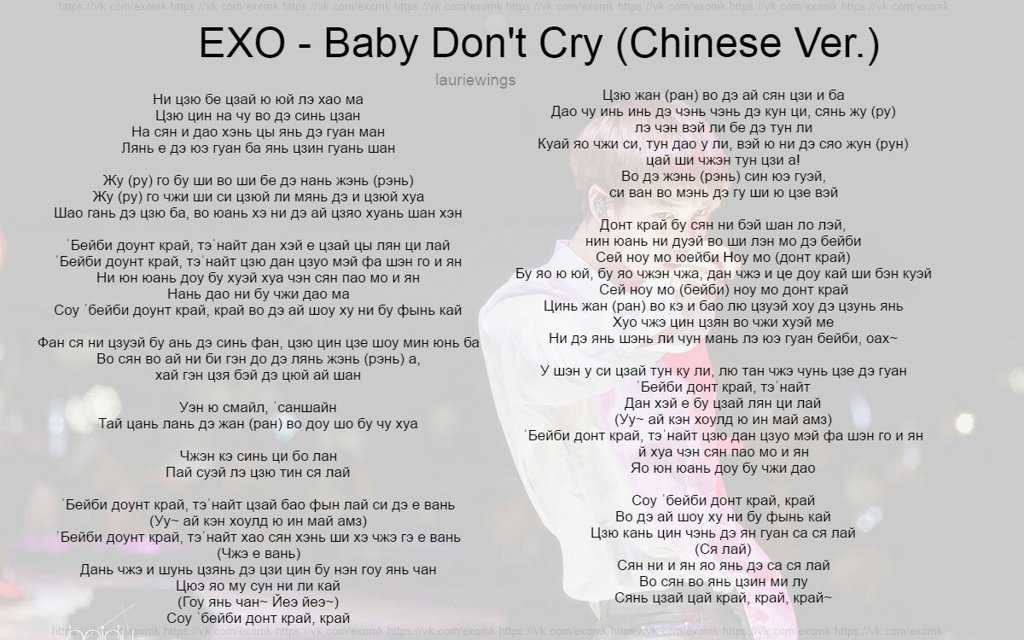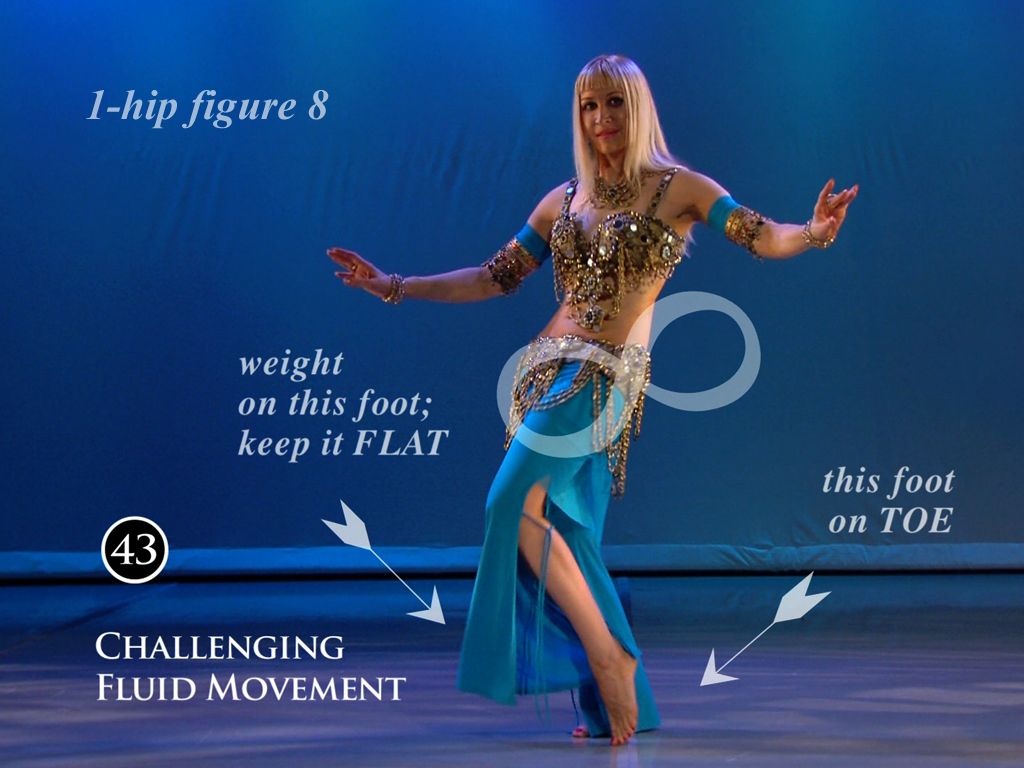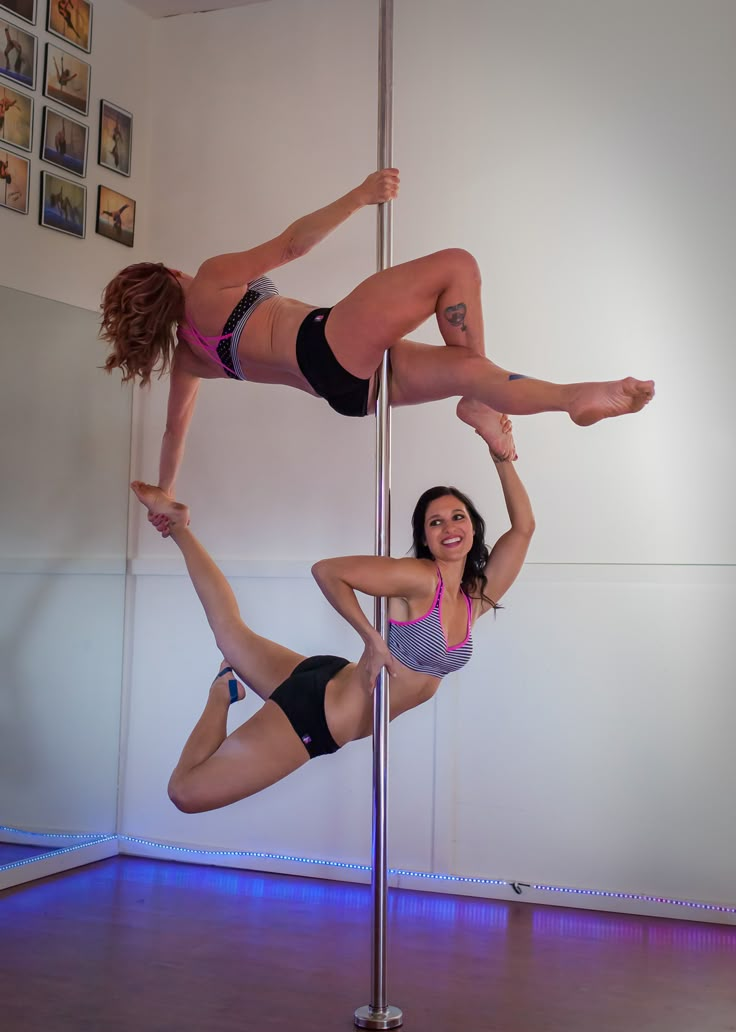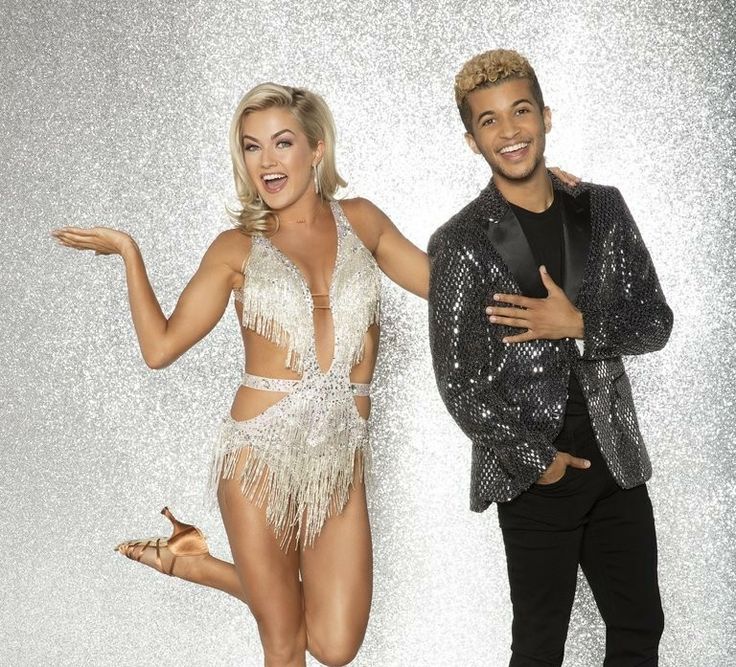How to do chest popping dance
Learn How To Pop, or Hit With Your Body! (Popping Dance)
Do you want to learn how to Pop your neck? How to Pop your arms? Your PECTORALS?
Let's learn about the *Pop (sometimes referred to as a Hit), and practice Popping with different parts of your body.
*We will be using the terms "Pop" in this article.
What is a Pop, or Hit?
A Pop, or Hit, is the most fundamental move in Popping. In fact, some might even say that it is the only move that really defines Popping.
Read about the style here: What Is Popping?
Popping is done by flexing specific muscle groups, usually to beats in music.
Dancers Pop continuously to a steady rhythm, while using different poses and pathways in between Pops.
How do you Pop?
The more energy you put into flexing, within a smaller amount of time, the stronger you Pop will look.
Learning how to Pop requires a lot of repetition and drilling, so practice Popping using one body part at a time.
As a result of conditioning, your body will memorize how to Pop certain body parts in different angles and pictures.
How to Pop your chest
Popping with your chest requires you to control your core. Suck in your lower stomach /diaphragm to push your upper chest out.
The faster you do it, the stronger your hit will look. Also, curve your spine in and out to create an even bigger effect.
How to Pop your neck
To practice neck Popping, use the muscles in the front of your neck to control moving your neck forward, back, and side to side.
While, try to keep your chin level, because isolating your neck will make it easier to see how much your head is moving.
“It should feel like something is tapping you on the back of your head.”
– Boogie Frantick
How to Pop your arms
Start with your arms outstretched, straight front of you (parallel to the ground). Loosen your arms by bending your elbows a bit, then flex everything.
If you want to know how to Pop with your hands, then snap downward with your wrists as your knuckles snap upward.
Pretend like you're revving a motorcycle engine really fast.
Afterwards, you can put all these parts together to create a full arm pop.
How to Pop your legs
Sit on a chair and focus all your energy on flexing your left, then right leg. Then stand up and try to execute the Pop with the same control.
Since it's more comfortable to train on a chair, you'll be able to strengthen your thigh and calf muscles before doing it standing.
All these tips are from Boogie Frantick's Beginner Popping Program on STEEZY Studio.
You'll learn all the basics, so it's perfect for beginners who don't know how to Pop.
He'll go in-depth with each technique, and give you drills that you can practice anywhere, anytime.
If you want to keep practicing your Pops/Hits, then take Clay's 7 Days of Hits Program on STEEZY Studio.
Each day, you'll practice hitting with a different part of your body, or learn a new concept like textures or timing. Try it now for free!
Your Guide to Popping and Locking
© Sinisa Kanizaj / Red Bull Content Pool
How did popping and locking come to be? Find out more about the dance style and the moves to create more emotive dances.
Written by Red Bull Editorial Team
4 min readPublished on
Popping and locking have inspired hip hop, dubstep, and other modern dance moves for a long time. These two dance styles differ in their movements, though. While both dance styles tend to intertwine, popping and locking is a combined style of dance that has a very distinct rhythm. This unique move is the combination of two movements: the pop and the lock.
What Is Popping and Locking?
Popping has its roots in Fresno, California, and is the creation of Sam “Boogaloo Sam” of the group Electric Boogaloos. Locking is the creation of Don Campbell, a member of the Lockers, a Los Angeles group. These two moves combine to form a basis for hip hop, dubstep, and contemporary dancers to play into their choreography. Here's a guide to help you understand the moves and how you can up your popping and locking game so you can get better and create more emotive dances.
Locking is the creation of Don Campbell, a member of the Lockers, a Los Angeles group. These two moves combine to form a basis for hip hop, dubstep, and contemporary dancers to play into their choreography. Here's a guide to help you understand the moves and how you can up your popping and locking game so you can get better and create more emotive dances.
Practice Popping With Some Basic Moves
Dive into perfecting your popping by learning some of the basics. First of all, popping involves contracting and relaxing your muscles, creating a hit effect when you put it to the beat of the music you're dancing to. You can use popping in quick successions or in slow and controlled movements to add emphasis to certain beats in the music.
Popping Simcho performs at the Red Bull Dance Your Style Pre-World Final
© Little Shao/Red Bull Content Pool
The Forearm Hit
To get the hang of popping, start with a basic forearm hit or forearm pop. Just contract and relax the muscles of your forearm to the beat of the music, either in fast hits or slow hits to reflect the different points in the rhythm that you want to make stand out in your dance.
The Chest Pop
When you do a chest pop, you're pretty much doing the same thing as you do with a forearm hit, except the movement is in your chest muscles. Contract your chest inward quickly, almost where it feels like you're jerking your body in, but keep it controlled. Relax the tension in your chest muscles as quickly as you contract, and repeat the motion in the pattern you need for your choreography.
Play with this move by contracting and relaxing the muscles in your chest as you shift your body parts in different directions during your dance routine. Combine your forearm hits with your chest pops to create a flow to the music. You can use these two popping moves to form the basis of other moves you put into your dances.
Next Comes Locking
Locking is just stopping right in the middle of a quick movement and holding that position for a moment before flowing back into your dance. It's pretty easy to do. Just go through your routine and put these stops at different points in the music that you want to accent with your body.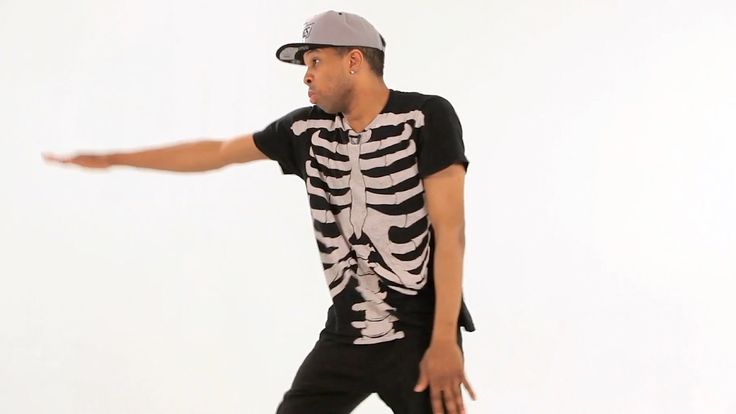 Freeze your dance in a position that drives your choreography to the rhythm, hold it for a couple of beats, and continue the routine. Here are some signature lock dance moves you can practice to hone your skills as a dubstep or hip hop dancer.
Freeze your dance in a position that drives your choreography to the rhythm, hold it for a couple of beats, and continue the routine. Here are some signature lock dance moves you can practice to hone your skills as a dubstep or hip hop dancer.
Greenteck poses for a portrait during the Red Bull Dancers Tour Japan
© Little Shao/Red Bull Content Pool
Ask for Five
This locking dance step looks like the hand signal for a high five. To pull off this lock, listen for the points in the music where you want to put your stop, and start playing it out in your choreography. Dance your routine and lock your hand in a high-five position for several beats.
This looks awesome when you follow through with a forearm hit to emphasize the beat of the music. You can use the ask for five move in a few different ways. In one, you can do it one-handed where you freeze your hand right in front of your body, or you can use both hands as you flow with forearm hits. It's really up to you how much or how little you put the move into your dance steps.
Locking Points
To pull off this lock, incorporate pointing in your choreography. Dance your routine and at certain beats through the music, freeze your hand while pointing at something or someone. This can accent your moves in a really cool-looking way on stage, especially if you're performing with live musicians, so you can lock point at the guitarist, drummer, or other person playing on stage with you.
Popping and locking are unique dance moves that have a long history of influencing popular and mainstream hip hop and other dance styles. Today, street dancers who favor contemporary styles like funk dances and dubstep can use the popping and locking moves to bring out the music, beat, and one-of-a-kind dance style. So give some of these moves a try, and if you're up for learning more, there are always dance lessons from the pros.
How to do breast shaking - video lesson in online belly dance school
A delightful feature of oriental dance is that during its performance the dancer can use separate parts of the body and, thus, place original accents in the dance. One such movement in bellydance is the so-called chest shaking. The presence in the dance of such an element as shaking the chest reminds us of the roots of modern bellydance: the characteristic movement of the shoulders was obviously introduced into the dance by the gypsies. This element is very effective, feminine and is always present in any dance. But for its successful execution, it is necessary to develop a special skill.
One such movement in bellydance is the so-called chest shaking. The presence in the dance of such an element as shaking the chest reminds us of the roots of modern bellydance: the characteristic movement of the shoulders was obviously introduced into the dance by the gypsies. This element is very effective, feminine and is always present in any dance. But for its successful execution, it is necessary to develop a special skill.
To understand how to shake your chest, you must first learn to feel separately the upper part of your body, that is, to work the muscles of the chest and back, as well as the shoulders, while leaving the hips and legs practically motionless. Secondly, you will learn that breast shaking, the video of which is presented in Samira's online school, is not performed with the breast at all and you will get acquainted with the secrets of its execution. In addition, in her video tutorial, Samira talks about how to include breast shaking in the dance, how to combine it with body movements and superimpose it on the walk. It is impossible to study chest shaking in isolation: when performing this element, it is necessary to pay attention to the beautiful position of the hands and the correct position of the neck and head.
It is impossible to study chest shaking in isolation: when performing this element, it is necessary to pay attention to the beautiful position of the hands and the correct position of the neck and head.
Like other elements of belly dance, breast shaking should not look provocative in any way, because oriental dance is generally characterized by a chaste, restrained, though often flirtatious representation of female beauty, emotions and feelings in dance. It is precisely the correctly worked out technical side of shaking, clearly explained and demonstrated by the teacher, that will allow to achieve the desired effect.
Novice dancers sometimes tend to attribute their failures in performing certain movements and elements to the characteristics of their figure. The secret and special attraction of belly dance for women lies precisely in the fact that it is designed to emphasize female beauty in any of its manifestations, regardless of the figure. It does not matter at all whether your breasts are large or small - with the right technical performance, your breast shaking will look irresistible!
| Personal video consultation |
| Buy video tutorial | ||||||
|
Duration: 16 minutes
Payable via PayPal
or Sbercard (no interest)
Write to [email protected]
This video provides a detailed explanation of the Chest Shake movement and its variations, as well as common mistakes in its execution.
Read
Watch
About school
Information
X
Breast movements. Belly dance. Master's Lessons. Advanced level
Breast movements
Check your posture. Stand up straight, pull in your stomach, push your chest slightly forward, both feet are stable and firmly on the floor, arms are spread apart. We begin to move the chest.
Without moving the lower part of the body, with a short movement we lift (push) the chest up due to the deflection in the upper part of the spine.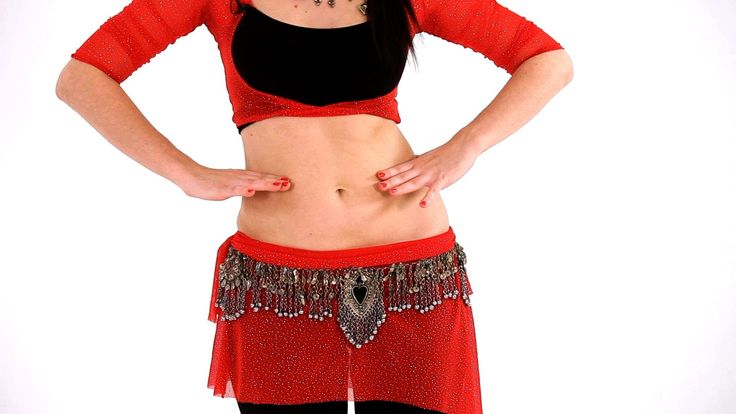
We seem to take a deep breath, spreading the ribs to the sides (in fact, breathing does not depend on movement). Make sure that the shoulders remain in one place, while the body does not lean. Only the back muscles work. The abdomen remains relaxed. We lower the chest, slightly pulling it back (let it “fall” freely) - we return to the starting position.
If you perform this movement a little sharper (but nevertheless soft), as if tossing an imaginary ball with your chest, you get a movement "chest blows".
Strikes are sharp movements performed with maximum amplitude, the muscles in the process of their execution remain tense all the time. To make the movement look more precise, a reset usually follows immediately after the strike, when the muscles relax abruptly and you return to the starting position. A reset is often called a delay in the movement when performing a circle with the chest or hips.
The abdomen is pulled in, the shoulder blades are brought together, the shoulders are lowered, the back is straight, the chest is slightly pushed forward, both feet are stable and firmly on the floor, the arms are spread apart, bent at the elbows, the hands are held vertically to the floor.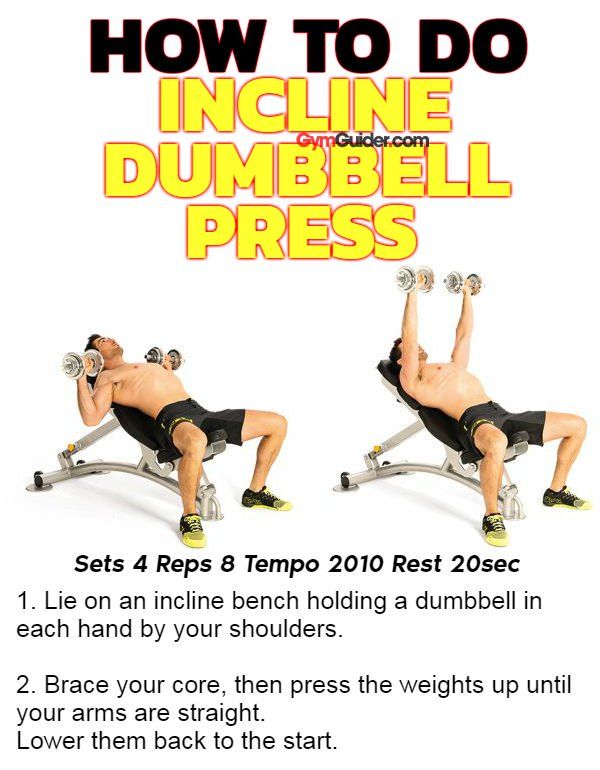 Without moving the lower body, we perform isolated movements of the chest along the lower semicircle. Gently move the chest up at an angle of 45° and to the side.
Without moving the lower body, we perform isolated movements of the chest along the lower semicircle. Gently move the chest up at an angle of 45° and to the side.
At this upper point, we linger for a moment - we make an accent. Then we move the chest to the other side, drawing with it the lower semicircle of an imaginary circle in the vertical plane (we try to touch its lowest central point, as it were, we draw the chest diagonally upwards and put the emphasis on the second point of movement).
If you can't immediately keep the lower part of the body motionless, that is, you can't manage to make the upper part independent of it, try to start the exercise while sitting on the floor and cross-legged (or sitting on your heels).
Then execute isolated movements of the chest along the upper semicircle. Do not forget to emphasize the upper points for the clarity of the pattern of this movement (as if you are hitting a ball with your chest, making a soft blow). Make sure that the shoulders do not move and remain parallel to the floor, the lower body also remains motionless. Keep your back straight. From time to time we add circular movements with brushes to the main movement.
Make sure that the shoulders do not move and remain parallel to the floor, the lower body also remains motionless. Keep your back straight. From time to time we add circular movements with brushes to the main movement.
Execute chest circles vertically, first to the left, then to the right. Smoothly draw a circle in a vertical plane, starting with the movement of the chest up and then counterclockwise: lift the chest up - move it to the left - lower it down - move it to the right - up again, closing the circle and pulling the chest back; connect all four points in a smooth circle. Let's perform this movement in the opposite direction: up - right - down - left in the same sequence (connecting the points in a smooth circle). Do not forget to decorate the main exercise with circular movements of the hands.
While performing chest movements, watch your stomach: it should remain calm, relaxed.
Perform the same sequence of chest exercises at a fast pace.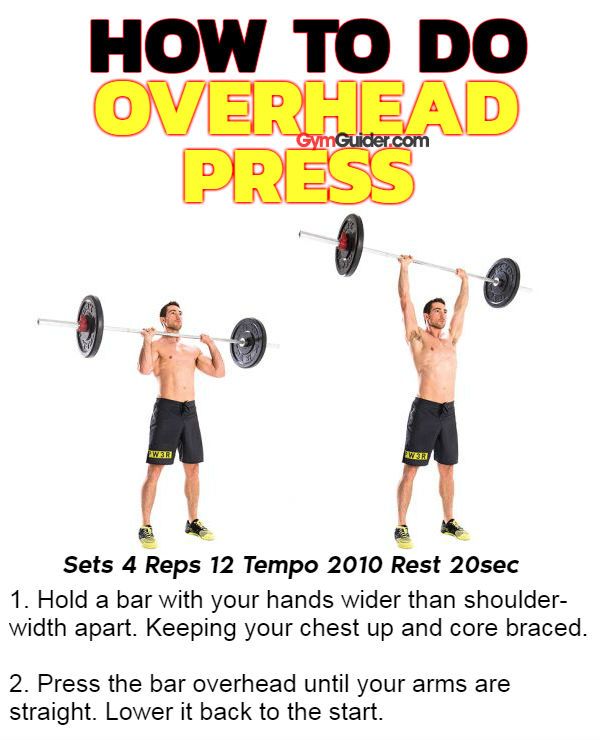
1. Move the chest up and down.
2. Isolated movements of the chest along the lower semicircle.
3. Isolated movements of the chest along the upper semicircle.
4. Chest circles vertically to the left.
5. Chest circles vertically to the left with a smooth squat.
6. Chest circles vertically to the right.
7. Vertical chest circles to the right with a smooth squat.
This text is an introductory fragment.
Circle movement adjustment
Adjusting the movement of the circles The speed of movement of the circles depends primarily on the specific gravity of the material from which they are made (foam and cork circles float faster in the wind than wooden ones). The thicker the circle, the faster the movement. At the circle with thick and
At the circle with thick and
Hip movements
Hip movements Starting position: we stand on a full foot, legs slightly apart (about the width of the foot) and located on the same line parallel to each other, the body is slightly tilted back, the back is straight, the stomach is relaxed, the arms are lowered along the body, knees
Tilt motion
Tilt movements Let's move on to the movements in the pull. Starting position: stand straight on the full foot (legs are on the same line), the body is slightly tilted back, the back is straight, the legs are shoulder-width apart, the knees are “soft”, the arms are at the sides. Pull the hips to the right and shift the weight
Walking with cane on shoulder
Walking with a cane on the shoulder Holding the cane on the right shoulder, perform penetration "C grade" with a turn in place around its axis in the direction to the left.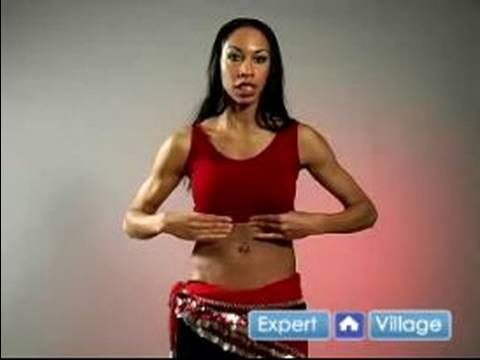 Raise the left thigh and leg, bent at the knee, up. Then we lower the thigh down (while the left leg is still
Raise the left thigh and leg, bent at the knee, up. Then we lower the thigh down (while the left leg is still
Movement with a shawl
Movements with a shawl The dance with a shawl (scarf, veil, handkerchief) is one of the most traditional. A scarf can amazingly transform, decorate the movements of a dancer. Its possibilities are almost limitless, and therefore working with it is a special pleasure. Competently
Travel speed
Travel speed One of the key factors affecting the efficiency of the car is the speed of movement. Everyone knows that the most economical driving mode is driving on a country road in calm weather at a speed of about 80-90 km / h at the highest (in
How the motion sensor works
How is the motion sensor In the middle of the sensor, there are receivers of IR light - photocells.